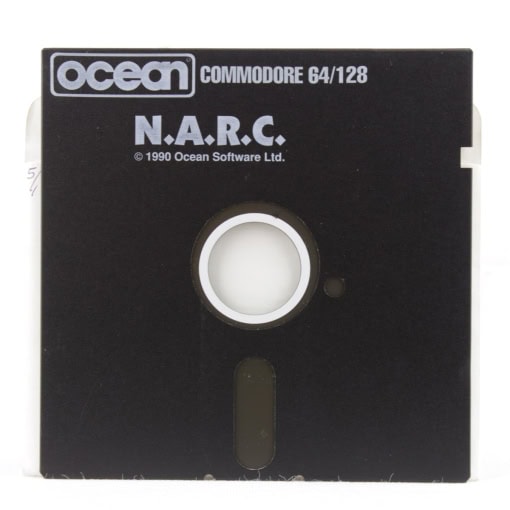
You can get a raft fairly cheaply to explore at your leisure, do any of the quests in the order you feel like, or simply stumble into them. There are four continents along with a few islands, and you'll be stuck on the first until you purchase transportation which can traverse the water.

Interestingly with the original Apple II version you started in the middle of nowhere with nothing in your sights, meaning you'd have to pick a direction and hope you'd find civilization prior to your food or hitpoints running out. Ultima is a bit of a hybrid open-world and non-linear environment along with a hint of "perhaps you might want to go over there." linear approach. You'll start the game in the overworld with a castle just in your peripheral view to the left. I noticed certain weapons such as the wand could not be equipped by my fighter, so there's certainly a few bonuses and restrictions, but I couldn't help feeling that there was little point to Ultima's character creation process. There are no specific spells for a cleric, nor do they have any other healing abilities. It is said that only the mage can purchase the most advanced spells in the game, amounting to perhaps three spells, but the other classes can learn the rest. Fighters are "stronger, more agile", and thieves are "endowed with exceptional agility", so perhaps there's an initial boost to those stats, though there's nothing stopping a fighter from increasing their agility and stealing things. You get to pick from the fighter, cleric, mage, or thief for your character's class, but as with the races there are no clear indications of what the game is doing with that choice. Dwarfs are said to be strong, but if that happens to mean anything I could only imagine there's a small boost to the characters initial strength attribute. This is how a genre is born, when someone dares to be different.Įlves are described as excellent musicians, but there's no bard to play as. Akalabeth would use genuine line graphics to show a 1st person 3-D view of a dungeon, and Ultima added the outdoors to compliment its dungeons. Prior to the first graphic adventure, RPGs such as The Temple of Apshai used text to simulate the top-down view of a dungeon, while Wilderness Campaign used text to depict an outdoor world.
Character development and combat is integral to the RPG, where a character you create transforms through the course of the game from a novice to a master. They may or may not include puzzles or descriptions of rooms, staples for adventures. Both genres shared an interest in story, exploration, and often had an inventory of items and multiple goals to accomplish, but RPGs differed from their adventure cousins in several striking ways. Often declared as adventures when first introduced, this continued in a ridiculous fashion throughout the 1980's by some. Some of the first to utilize graphics in the computer world were role playing games.


 0 kommentar(er)
0 kommentar(er)
